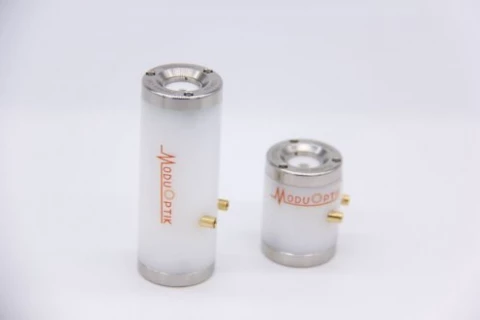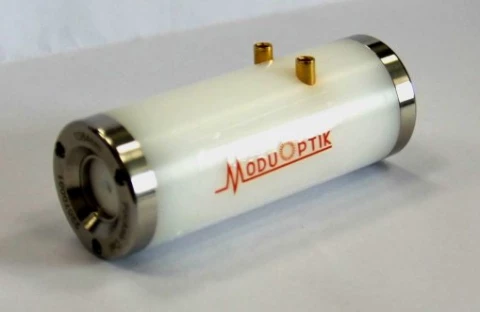Description
Pockels cell is a modulator about polarized light designed based on the Pockels effect. It is a key component in the laser cavity Q-switching, pulse selection and regenerative amplification system, and one of the best choices for intensity, phase and frequency modulation in laser processing and detection equipment.
Moduoptik modified the Pockels cell with high repetition frequency, weak ringing, high damage threshold and low loss qualities based on foreign advanced technology. By designing reliable structure and electrode, as well as effective thermal management, we can reduce the external environment influence and the loss of high-frequency signal in the transmission process significantly , improve the reliability of the device. All of which makes it very applicable for high frequency and high energy laser system.
Moduoptik have designed and developed Pockels cell including DKDP, BBO, RTP and KTP series, covering the frequency range from Hz to 60 MHz, and the performance reaches the international equivalent level.
DKDP series use the transverse or longitudinal electro-optic effect, covering a wavelength range from 300nm to 1300 nm. The required voltage of the transverse can be controlled within 100 volts and the diameter of the longitudinal can reach 15 mm; BBO series used in the range of 250-1650 nm, the required voltage from 100 volts to thousands of volts; RTP series used in the range of 350-3500 nm, and its frequency can reach to 100 kHz, aperture up to 10 mm; KTP series selects the hydrothermal KTP to solve "spot nevus discoloration" phenomenon.
Matched drive for Pockels cell can be provided, as well as accessories such as wave plate, polarizer, adjusting frame, etc.
ModuOptik - Pockels cell
Specifications
| Aperture Diameter: | 4 mm |
|---|---|
| Peak Optical Power Density: | 1 MW/cm^2 |
| Wavelength Range: | 515 – 1064 nm |
| Transmission: | 99 % |
| Extinction Ratio: | >= 1000:1 |
| Interaction Material: | BBO & KD*P |
| V(λ\4): | 5700V / 3800V / 2400V |
Applications
- Laser Q switch,
- Laser frequency modulation
- Pulse selection
- High-speed gate
- Regenerative amplification
- Polarization rotation
Frequently Asked Questions
What is a Pockels cell and what is its purpose?
What are the advantages of ModuOptik's Pockels cell compared to others?
What is the frequency range and performance level of ModuOptik's Pockels cell?
What are the different series of Pockels cells offered by ModuOptik and their respective specifications?
Does ModuOptik provide any additional accessories or matched drive for the Pockels cell?
Similar Products
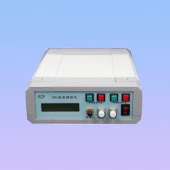
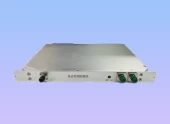
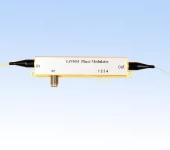
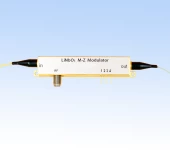
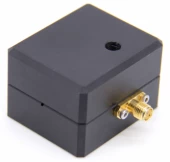
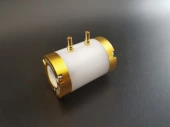
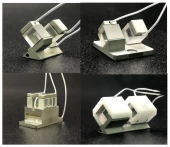
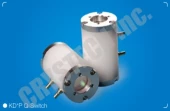
Your inquiry has been received.
Create an account by adding a password
Why create an account?
- Auto-complete inquiry forms
- View and manage all your past messages
- Save products to your favorites
- Close your account anytime — no hassle
